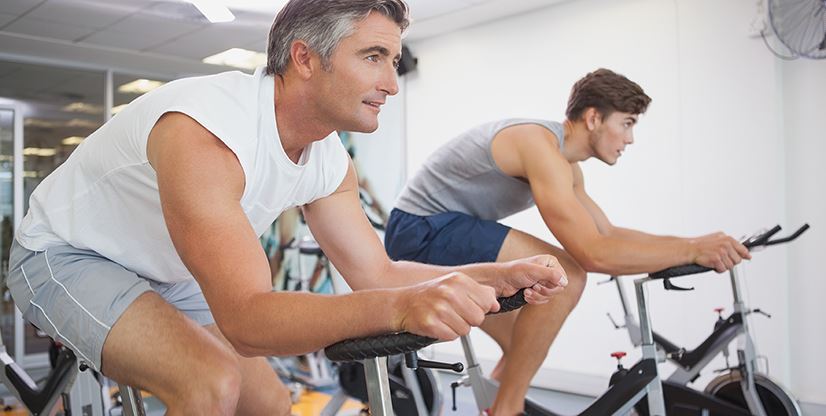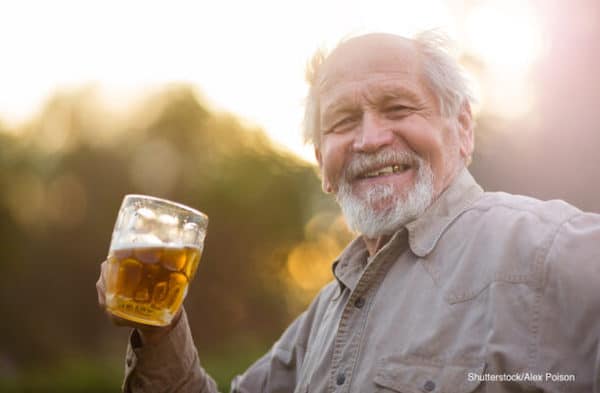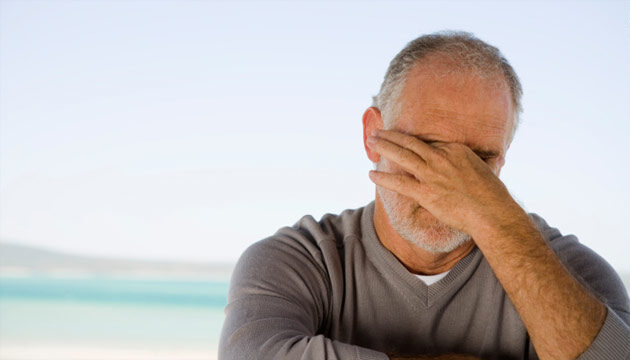Hitting a certain age doesn’t mean you have to slow down. In fact, staying active can lead to a bunch of health benefits for older males – from bolstering your heart health to keeping your muscles vigorous and your mind sharp.

You’re going to find out about the unique demands and limitations that come with participating in sports as an older adult. Don’t worry too much about the constraints, though; it’s more about finding the right fit.
This isn’t just about preventing injuries; it’s also about enhancing overall wellbeing. There’s a lot of opportunity in choosing sports that minimize stress on the body while maximizing the physical and mental rewards.
Choose something that resonates with you. Now, I’m here to help you navigate through some of the best sports options tailored for you or the older males in your life. You’ll see how you can engage with these activities safely and effectively for a robust and enjoyable lifestyle.
Swimming: The Perfect Splash of Low Impact and High Reward
I’m going to let you in on a little secret: swimming might just be the king of workouts for older males. It’s a full-body exercise that’s as gentle as it is effective. When you’re in the water, your body only bears about 10% of its weight, which means your joints are going to thank you for the reduced stress. But don’t let that fool you into thinking it’s a breeze. Your muscles are constantly engaged, making it a fantastic way to build strength without the risk of heavy lifting.

That’s going to include improvements in your heart health, too. Swimming boosts cardiovascular fitness by improving heart and lung capacity. Plus, it’s known for lowering blood pressure and regulating blood sugar levels – two common concerns as we age. And the risk of injury? It’s remarkably low compared to other activities, making it a safe bet for those concerned about falls or strains.
You’re going to find out about the versatility of swimming as well. Whether it’s freestyle, breaststroke, or simply treading water, you can adjust the intensity to match your fitness level. It also means you can keep things interesting by mixing up your routine. And we can’t forget about the mental perks, either. Gliding through the water is not just a physical workout; it’s a form of meditation that helps to clear the mind and relieve stress. Can’t swim? Don’t worry; many local community centers offer classes specifically for seniors, so it’s never too late to start.
Golf: Walking the Greens for a Healthier Mind and Body
I’m going to let you in on a little secret: golf is more than a leisurely game; it’s an excursion into the world of fitness for older males. Picture this: you’re out in the fresh air, walking from hole to hole, with the added bonus of swinging your clubs to strengthen those muscles. That’s golf for you – a low-impact exercise that promotes not only physical movement but also an opportunity to bask in nature.
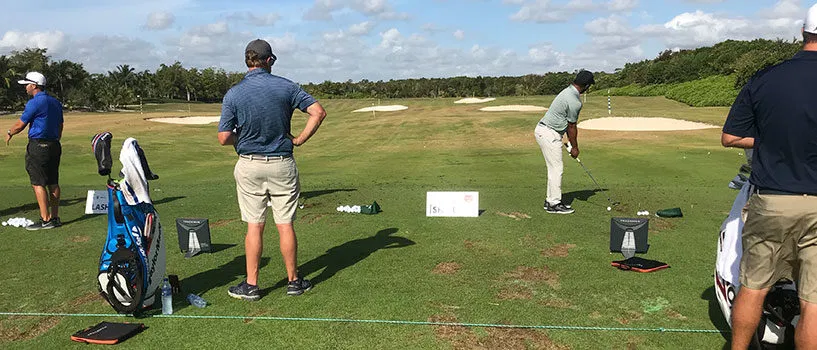
This isn’t just about hitting a little white ball; golf offers genuine mental health benefits, too. It requires strategic thinking and concentration, which keep your mind active and engaged. What’s more, the social aspects of golfing, like joining leagues or playing with friends, can help you feel connected and supported, essential components of emotional well-being as we age.
You’re going to find out about golf’s adaptability, too. It’s friendly for all skill levels, and the game invites customization. For older adults, it’s easy to adjust the amount of walking and to use carts when necessary. You can also tailor your equipment, like choosing clubs that are designed to reduce stress on the body.
Now, transition smoothly into our next sport – get ready to unfold your mat. Yoga, much like golf, is about balance and fineship, but it works wonders internally. It’s an excellent way for older males to maintain flexibility, encourage better posture, and support mental serenity. In the following section, we’ll dive into how yoga can become a foundation for both your physical and mental pillars of health.
Yoga: Strengthening Body Balance and Mental Peace
You’re going to find out about how older males can greatly benefit from incorporating yoga into their exercise routine. Yoga is unique because it promotes not only physical health by enhancing flexibility and balance but also mental peace and stress relief, which are extremely valuable at any age, but especially as we get older.

One of the greatest advantages of yoga for older males is its impact on joint health and flexibility. Yoga poses can be adapted to any level, and with consistent practice, you can expect to see improvements in your range of motion and a decrease in the aches and pains that come with aging. This practice can keep those key joints in good working order.
But yoga isn’t just about flexing and stretching; it’s also about cultivating a quiet strength. As you learn to hold poses and focus on your breathing, you’re building both muscle endurance and mental resilience. This form of meditative exercise can help reduce anxiety and depression, as well it can enhance sleep quality — all factors crucial for maintaining a zest for life and tackling everyday challenges.
When choosing a yoga class or routine, select styles that resonate well with older adults. Practices such as Hatha, Iyengar, or chair yoga are fantastic options, as they modify traditional poses to accommodate different physical abilities and can be less intense. It’s also wise to have a qualified instructor who can guide you through each pose with attention to safe technique and alignment.
A smooth transition from yoga mats to bike paths offers further benefits. Up next, we’re going to talk about cycling: another excellent way for older males to stay fit. Like yoga, cycling is easy on the body but still gets your heart rate up, making it an incredible complementary activity to yoga’s calming posework.
Cycling: Pedal Power for Cardio Health and Joint Mobility
I’m going to let you in on a little secret: cycling is one of the best sports for older males looking to boost their cardiovascular fitness without putting too much strain on their joints. It’s a fantastic way to get your heart rate up and improve your lung capacity, all while enjoying the scenery and fresh air, if you opt for outdoor cycling.
You basically have two types of cycling, stationary bikes and outdoor cycling. Stationary cycling can be a great option for those days when the weather isn’t cooperating, or when you prefer to stay indoors. On the flip side, outdoor cycling adds the benefit of fresh air and the potential for socializing with cycling buddies.

Now, to ensure that every ride is safe and comfortable, I’m here to help you with some essential tips. First off, don’t worry too much about going fast or far, especially if you’re just starting out. Choose a bike that resonates with you in terms of comfort and ease of use. Get a good helmet, and if you’re hitting the road, understand the traffic rules to stay safe.
To smoothly transition into an active lifestyle with cycling, you can always adjust your approach down the road. Start with shorter distances, and when you feel up for it, gradually increase both the distance and the pace.
Choose something that resonates with you: take on cycling as a solitary activity for some well-deserved ‘me time’ or engage in group rides for a boost in socializing and motivation. There’s a lot of opportunity in both approaches to create a rich and satisfying cycling experience.
A lot is happening very quickly in the cycling world, with more bike lanes being added and community cycling events popping up, making it more accessible for everyone. That’s the strategy I like to leverage; tapping into these community resources can enhance the sport’s enjoyment.
Pickleball: Fast-Growing Fun and Fitness for Seniors
Pickleball, a sport that’s skyrocketing in popularity, especially among older males. This game, which is a blend of badminton, table tennis, and tennis, offers a unique combination of fun, social interaction, and physical exercise with a moderate level of intensity that’s ideal for seniors.
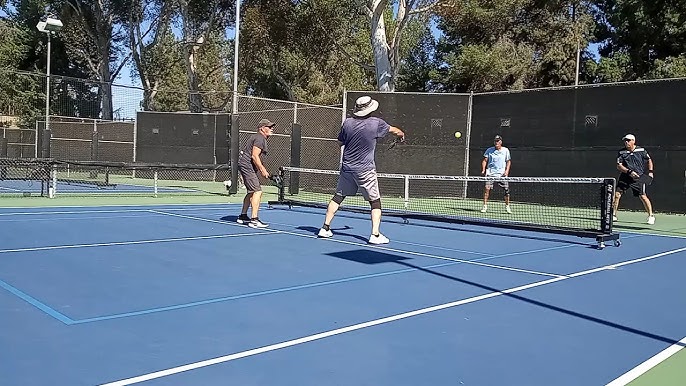
The court is smaller than a tennis court, which means there’s less ground to cover, reducing the risk of strain or injury. The lighter paddle and perforated plastic ball also contribute to an easier gameplay experience.
So why is pickleball so appealing to older adults? For one, it provides an excellent way to maintain an active lifestyle without putting too much stress on the body. It also encourages social interaction, as it’s typically played in doubles. Plus, the rules are simple, making it easy to learn and play.
When it comes to starting with pickleball, here’s my advice: focus on mastering the basic rules and techniques first. You can find local community centers or clubs where pickleball is offered and get some guidance from experienced players. Most importantly, remember to have fun and enjoy the camaraderie that comes with the sport.
This brings us to the next important aspect: staying safe and injury-free while playing sports like pickleball. In the following section, I’ll cover some essential safety tips and strategies to protect yourself as you engage in any physical activity.
Staying Safe and Injury-Free in Sports as an Older Adult
You’re probably eager to get out there and try these activities, but let’s talk safety first. Maintaining your well-being while you enjoy your favorite sport is key. This isn’t just about preventing accidents; it’s about ensuring longevity in your chosen activity.
First off, always begin with a proper warm-up and prioritize a cool down. These are essential steps to prepare your muscles and heart for the activity ahead and to wind down properly afterward.

Using the right equipment is also crucial. Don’t skimp on shoes that offer proper support or on protective gear like helmets when cycling. It might seem like a small detail, but it can make a big difference in preventing injuries.
Knowing your physical limitations plays a huge role in staying safe. If something feels off, or if you’re experiencing pain beyond the typical ‘good workout’ soreness, take a break. There’s no shame in modifying an activity to fit what your body can handle.
Checking in with your healthcare provider before starting a new sport is a smart move. They can give you the green light and may offer advice tailored to your health background.
In my opinion, understanding and respecting your body’s signals is the best way to stay safe. Just don’t focus too much on pushing the limits. Enjoyment and health benefits come from consistency and moderation, not from overexertion.
Integrating Sports into Your Lifestyle: Tips and Strategies
Incorporating a new sport into your routine can initially seem daunting, but trust me, it’s worth the effort. To get you started off on the right foot, I’m going to share some practical tips and strategies.
First off, it’s crucial to set realistic goals. Choose something that resonates with you and is in line with your current fitness level. You might want to play 18 holes of golf, swim 20 laps, or cycle 10 miles. Whatever your goal, make sure it’s attainable and gradually challenge yourself to do more.
Building a routine is essential. Consistency is key when it comes to any fitness activity. Try to dedicate specific days and times for your preferred sport. This isn’t just about physical health; it’s also a way to ensure you’re carving out time for relaxation and enjoyment.
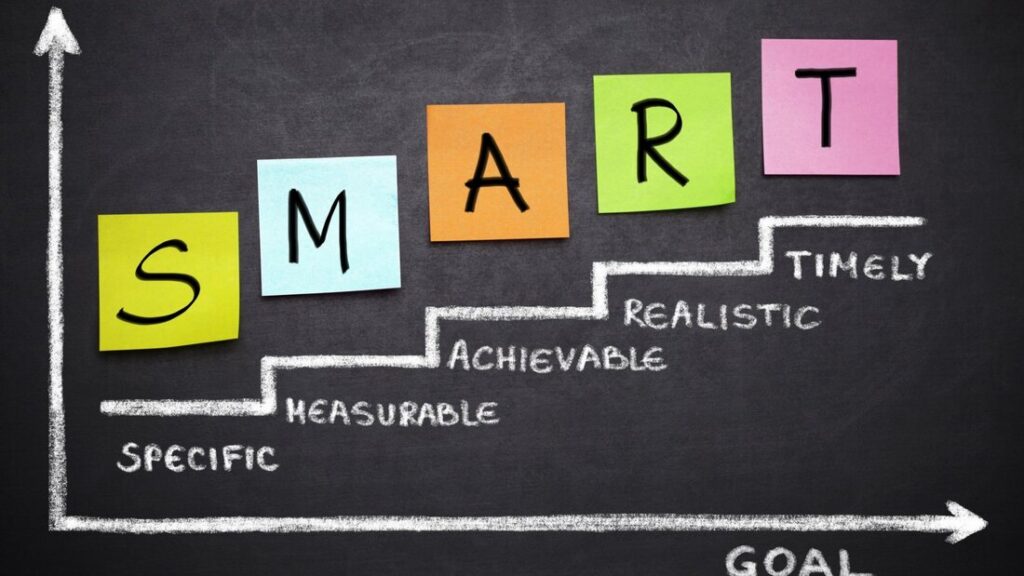
Now, if you want to really make these activities part of your life, weave them into your existing daily activities. For instance, you can bike to the grocery store or take a yoga break during your lunch hour. These little tweaks not only boost your activity level but also make sports a seamless part of your day.
Having a strong support system can significantly enhance your experience. Connect with friends, family, or local sports groups. Not only does this hold you accountable, but it also adds a layer of camaraderie and fun to the activity. Plus, in my opinion, it’s always more enjoyable to share victories and challenges with others.
As we move into the conclusion of our discussion, I’d like you to reflect on how embracing these sports can enrich your life. But remember, your first attempt doesn’t need to be your last. You can always adjust your approach down the road. That’s the beauty of this journey – there’s a lot of opportunity in adaptation and finding the right fit for you.
Conclusion: The Ongoing Journey of Health and Vitality
You’re going to find out about how taking up sports is not just a pastime but an investment in your health and well-being. It’s a step towards ensuring your golden years are full of vigor and enjoyment.
In my opinion, participating in sports as you age is about the joy of movement and the community you build along the way as much as it is about physical health.
Choose something that resonates with you, whether it’s the strategic play of golf, the soothing stretches of yoga, or the friendly competition of pickleball.
Don’t worry too much about starting at a ‘perfect’ level. Your first attempt doesn’t need to be your last, and you can always adjust your approach down the road.
A lot is happening very quickly as we age, from changes in our bodies to shifts in our daily lives. That’s why embracing a sport that suits your current lifestyle and physical ability is so crucial.
I really hope that this article has ignited a spark of enthusiasm in you to get active, stay engaged, and enjoy the camaraderie that comes with sports.
So my question to you today is, what’s the next step you’re going to take? Whatever it is, remember, you’re not alone on this journey. There’s a whole community of peers and resources available to support you.
Thanks for reading, and I’d love to hear about your experiences or any additional advice you have for fellow readers. Share your story in the comments below and let’s continue to inspire each other towards a healthier, happier life.

